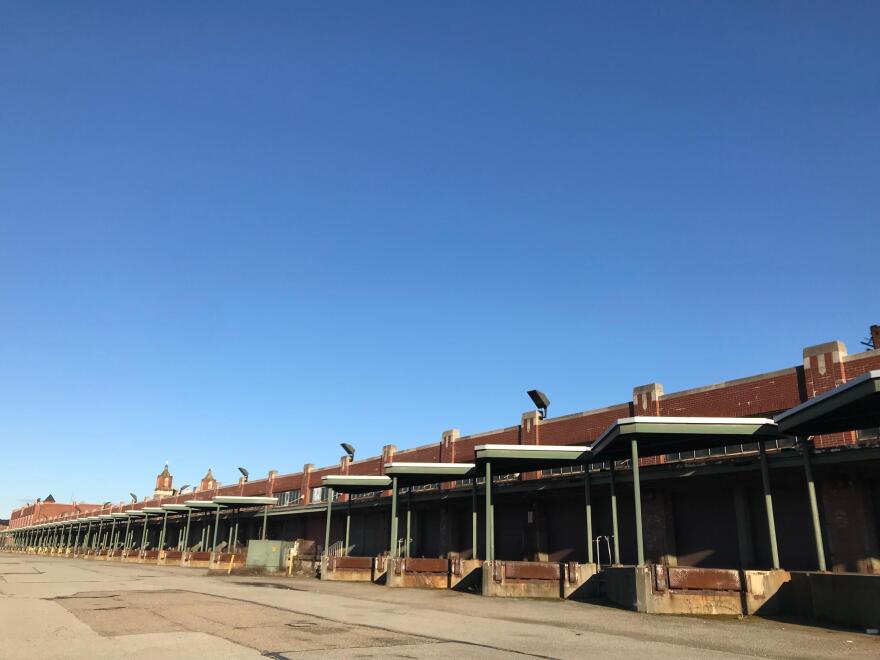It could be 60 more days before the future of the Strip District’s Produce Terminal is finally decided.
On Thursday, the board of the Urban Redevelopment Authority approved an extension of lease negotiations between the building’s longtime tenant, the nonprofit Society for Contemporary Craft and developer McCaffery Interests.
Finalizing that lease was one of two conditions the board required last month before its members would approve signing a 99-year lease with McCaffery. The second condition was a 25-day public comment period on the project. Overwhelmingly, people wrote in to support the Society for Contemporary Craft, said board chair Kevin Acklin.
“The public wants to see the Society for Contemporary Craft remain in this building, which we knew,” he said. “There’s a groundswell of support for that.”
The URA will sit down with both parties to come to an agreement, said Acklin.
"I think we'll get there. I don't want to speculate, I think there's a lot of good faith in the room," he said.
Also on Thursday, the board supported leveraging the redevelopment of the Produce Terminal to pay for the Smallman Street improvement project, expected to cost between $23 and $24 million. PWSA, state and city sources make up the bulk of the financing, but leave a gap of about $3 million. The URA authorized cooperation agreements to create a $3.5 million tax increment financing (TIF) plan to cover that gap.
The money is crucial to allow the city to fix Smallman Street and allow McCaffery to begin redevelopment, said Robert Rubinstein, the URA’s executive director.
“With TIF we talk about the ‘but for’ clause,” he said. “So, ‘but for’ the private development, the public improvements cannot take place. And similarly on the developer’s side, ‘but for’ the public improvements, the developer cannot attract the equity and debt investment to undertake their private project.”
McCaffery Interests’ redevelopment of the Produce Terminal and a warehouse across the street, called 1600 Smallman, is expected to annually generate roughly $450,000 in new taxes. Each year, 75 percent of that money would be used to pay down the TIF note, the $3.5 million in debt taken on to improve Smallman Street. The remaining money, $150,000, would go to the local taxing bodies: Pittsburgh City Council, Allegheny County and the board of the Pittsburgh Public Schools.
While the URA agreed to advance the TIF, those three bodies still have to weigh in.
If all three approve the creation of a TIF, Smallman Street renovations could begin at the end of 2018.
Finalizing a deal to redevelop the Produce Terminal began four years ago.




